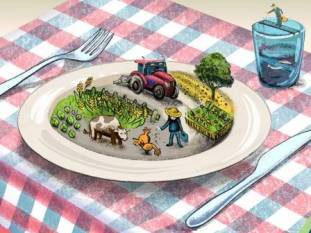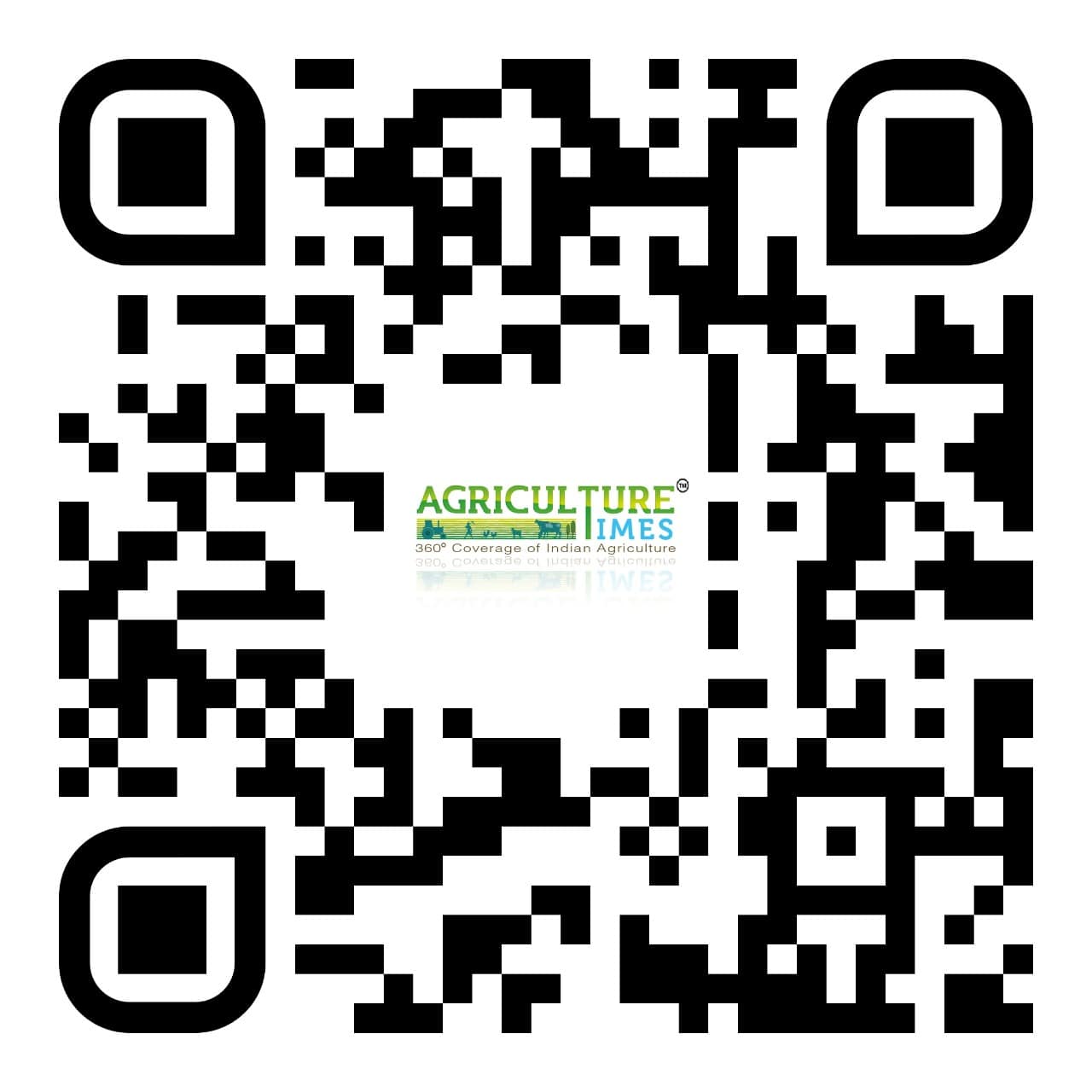NEW DELHI, 27 September 2024: The agricultural supply chain is a complex network that connects producers, processors, distributors, and consumers. In India, this supply chain is crucial for feeding over 1.4 billion people, yet it faces significant inefficiencies that lead to food wastage, increased costs, and reduced quality.
Addressing these inefficiencies is essential for enhancing food security, reducing waste, and improving the overall efficiency of the supply chain. Here’s a detailed look at the challenges and potential solutions for streamlining the agricultural supply chain from farm to fork.
Key Inefficiencies in the Agricultural Supply Chain
- Post-Harvest Losses
Post-harvest losses are a major concern in India, with estimates suggesting that around 30-40% of the produce is lost between harvest and consumption. Factors contributing to these losses include inadequate storage facilities, poor handling practices, and inefficient transportation.
- Fragmented Supply Chain
The agricultural supply chain in India is often fragmented, with numerous intermediaries between the farmer and the consumer. This fragmentation leads to inefficiencies in pricing, distribution, and communication. Farmers often receive a lower share of the final retail price due to the multiple layers of middlemen.
- Inadequate Infrastructure
Infrastructure deficiencies, such as poor rural road networks, inadequate cold storage facilities, and outdated market facilities, exacerbate inefficiencies in the supply chain. Poor infrastructure affects the timely delivery of produce, leading to spoilage and reduced quality.
- Lack of Technology Adoption
The adoption of technology in the agricultural supply chain is limited, particularly in rural areas. This includes a lack of modern logistics, supply chain management systems, and real-time data sharing, which hampers efficiency and transparency.
- Market Information Gaps
Farmers often lack access to timely and accurate market information, including prices, demand trends, and weather forecasts. This information gap leads to poor decision-making, overproduction or underproduction, and financial losses.
- Regulatory and Policy Challenges
Complex regulations and policies related to food safety, quality standards, and trade can create barriers in the supply chain. Navigating these regulations can be cumbersome and affect the efficiency of the supply chain.
Strategies for Addressing Supply Chain Inefficiencies
- Enhancing Cold Storage and Infrastructure
Improving cold storage facilities and infrastructure is critical for reducing post-harvest losses and maintaining the quality of perishable goods. Investments in refrigerated warehouses, cold chain logistics, and efficient transportation networks can help preserve produce from the farm to the consumer.
- Promoting Direct Farm-to-Consumer Models
Direct farm-to-consumer models, such as farmers' markets, farm shops, and online platforms, can reduce the number of intermediaries and ensure that farmers receive a fair share of the retail price. These models also provide consumers with fresh, high-quality produce and increase transparency in the supply chain.
- Adopting Technology and Digital Solutions
The adoption of technology and digital solutions can significantly improve supply chain efficiency. Key technologies include:
- Supply Chain Management Systems: Implementing integrated supply chain management systems can streamline operations, enhance coordination, and reduce delays.
- Blockchain: Blockchain technology can improve traceability and transparency by providing an immutable record of transactions, ensuring food safety and quality.
- IoT and Sensors: IoT devices and sensors can monitor conditions during storage and transportation, ensuring optimal conditions for produce and preventing spoilage.
- Improving Market Information Systems
Developing and implementing market information systems can provide farmers with real-time data on prices, demand, and weather conditions. Mobile apps and digital platforms that offer market insights and weather forecasts can help farmers make informed decisions and better plan their production and sales strategies.
- Strengthening Farmer Cooperatives and Organizations
Farmer cooperatives and organizations can play a crucial role in improving supply chain efficiency. These organizations can facilitate collective marketing, bulk purchasing of inputs, and shared access to resources and technology. They also provide a platform for farmers to negotiate better prices and access market information.
- Enhancing Logistics and Transportation
Investing in modern logistics and transportation infrastructure is essential for reducing delays and ensuring timely delivery of produce. Improved road networks, efficient transport systems, and better packaging solutions can enhance the overall efficiency of the supply chain.
- Implementing Quality Standards and Regulations
Establishing and enforcing quality standards and regulations can ensure that produce meets safety and quality requirements. Streamlining regulatory processes and providing support for compliance can help reduce bureaucratic hurdles and improve supply chain efficiency.
- Promoting Sustainable Practices
Adopting sustainable practices in the agricultural supply chain can reduce waste and improve efficiency. This includes practices such as reducing packaging waste, minimizing food loss through better handling and storage, and promoting sustainable farming methods.
Case Studies and Success Stories
- Ninjacart
Ninjacart, an agritech startup, has developed a direct farm-to-fork model that connects farmers directly with retailers and restaurants. By eliminating intermediaries, Ninjacart ensures that farmers receive a higher share of the retail price and that consumers have access to fresh produce. The company also leverages technology to streamline logistics and enhance supply chain efficiency.
- AgriBazaar
AgriBazaar is an online platform that connects farmers with buyers, including wholesalers, processors, and exporters. The platform provides market information, facilitates transactions, and offers logistics support, helping farmers access better markets and reduce post-harvest losses.
- ITC e-Choupal
ITC’s e-Choupal initiative provides farmers with access to information, resources, and markets through digital platforms. The program aims to improve the efficiency of the agricultural supply chain by offering market insights, facilitating direct transactions, and providing support for better farming practices.
Addressing inefficiencies in the agricultural supply chain is crucial for improving food security, reducing waste, and enhancing the overall efficiency of the sector.
By investing in infrastructure, adopting technology, promoting direct farm-to-consumer models, and improving market information systems, India can overcome the challenges faced by its agricultural supply chain. Success stories from startups and initiatives demonstrate that innovative solutions can make a significant impact, and with continued efforts and support, the journey from farm to fork can become more efficient, transparent, and sustainable.
Image credit:























